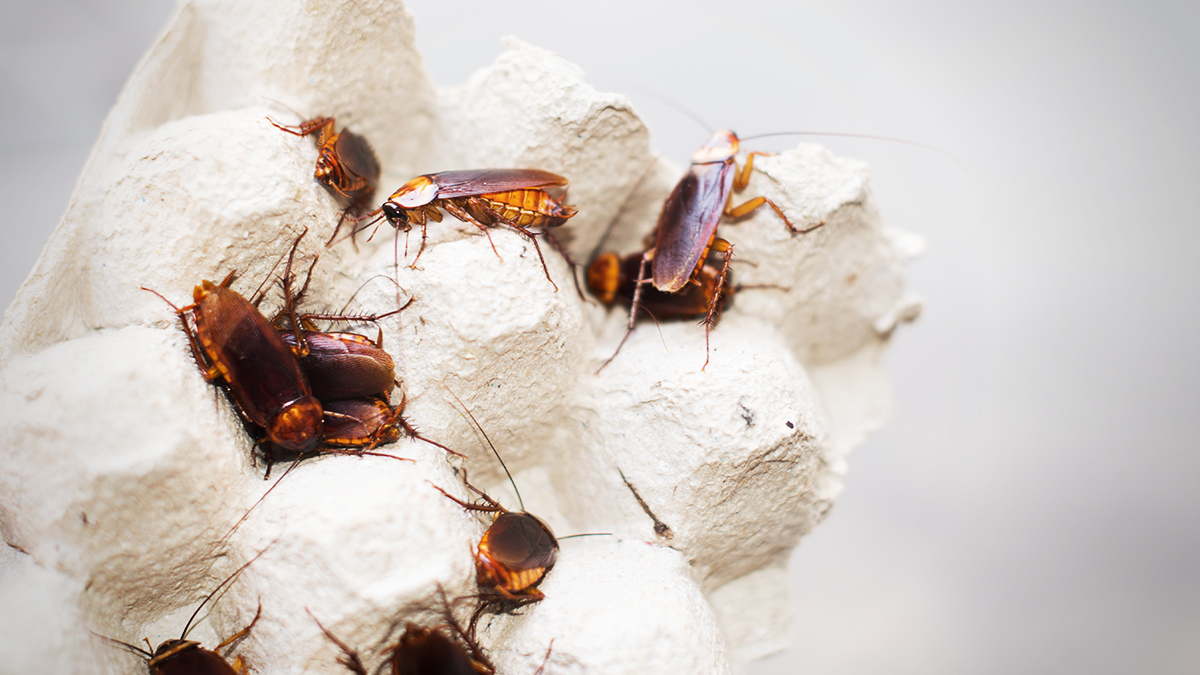CRISPR technology: resistant pests? Risky genetic manipulation of insects in the laboratory
3 min readQuick link to this article: https://publication-x.com/en/48mo
Cockroaches are considered a particularly hardy insect species. However, using controversial CRISPR technology, scientists may be able to make these creepy crawlies even more resilient. A new method for genetically manipulating these insects is currently causing a stir.
Targeted genetic manipulation of living beings is controversial. This technique has long been used in crops such as maize, oilseed rape and wheat. The aim is to increase yields and resistance to certain pesticides or pests. But insects and higher animals are also often the focus of such genetic experiments. Researchers often hope to gather more data for use in humans (gene therapies against diseases).
Now, a new collaborative study between Kyoto University in Japan and the Institute of Evolutionary Biology in Barcelona, Spain, reports a new method for modifying the genes of cockroaches and other insect species. Thus, using this method, called "direct parental" CRISPR (DIPA-CRISPR), Cas9 ribonucleoproteins (RNPs) can be injected directly into adult females instead of microinjecting much smaller insect embryos.
"In a way, entomologists have been relieved of the burden of the egg drop." said Takaaki Daimon, PhD, Professor and lead author of the study at Kyoto University. "We can now edit insect genomes more freely and more freely. In principle, this method should work for more than 90% of insect species. “
"By improving the DIPA-CRISPR method and making it more efficient and versatile, we could enable genome editing in almost all of the more than 1.5 million insect species, opening up a future where we can fully exploit the amazing biological functions of insects. " Daimon said. "In principle, it could be possible to genome engineer other arthropods in a similar way. These include agricultural and medical pests such as mites and ticks, and important fisheries such as shrimp and crabs.
The research team injected the whole thing directly into the cephalic cavity (haemocoel) of adult female cockroaches and successfully induced heritable mutations in 22% of hatched eggs. The effectiveness of the gene editing, the proportion of eggs that were modified out of all hatched eggs, varied between species. In other insect species, the efficiency was as high as more than 50%.
The problem is: What if such genetically modified cockroaches (or other insects) escape into the wild and breed there? There is a risk that these mutations will trigger further mutations in the natural environment. This was seen, for example, in the as evolution adapts the use of traps containing sugar. Within a few years, cockroaches increasingly refused sweet food.
If we consider that cockroaches reproduce every two months or so, it becomes clear how quickly such adaptations (we are talking about 50 generations) occur as a result of human intervention, such as sugary food. But if you also deal with certain genes that can affect certain resistances (e.g. to toxins) or even growth, things can become critical. We simply don't know how much this will affect natural evolution - and whether we could end up facing outright "monster slaves".
But who knows, maybe scientists will come up with the idea to use this technology to develop "tastier" and "more nutritious" insects at the World Economic Forum's Great Reset - the globalists' on diet . Are you perhaps interested in cockroaches that taste like chicken?
